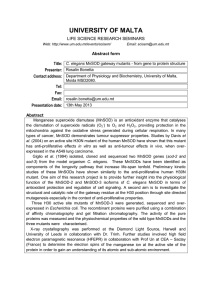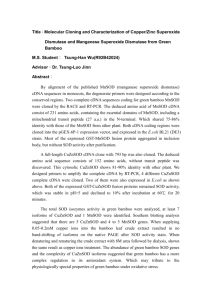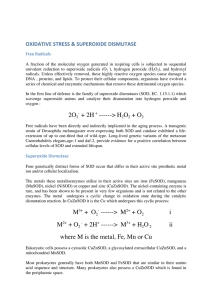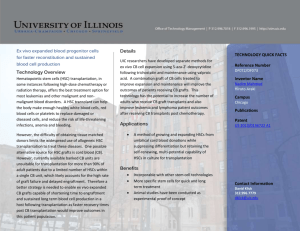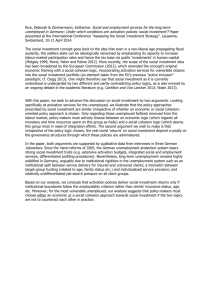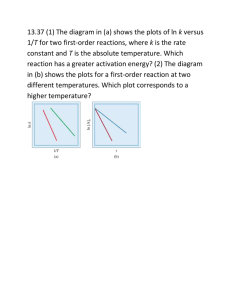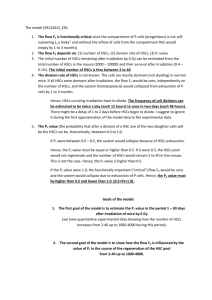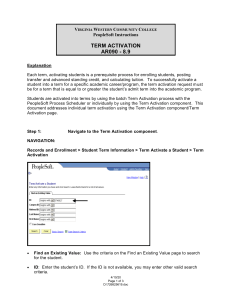PRESENTATION TYPE: Oral or Poster
advertisement
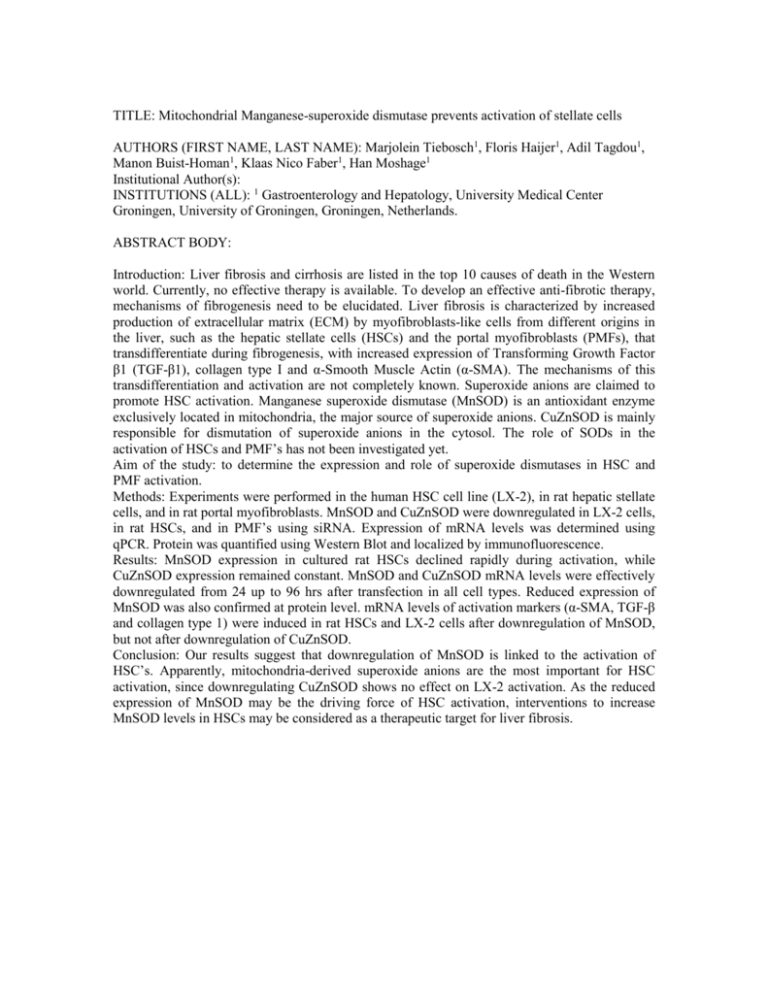
TITLE: Mitochondrial Manganese-superoxide dismutase prevents activation of stellate cells AUTHORS (FIRST NAME, LAST NAME): Marjolein Tiebosch1, Floris Haijer1, Adil Tagdou1, Manon Buist-Homan1, Klaas Nico Faber1, Han Moshage1 Institutional Author(s): INSTITUTIONS (ALL): 1 Gastroenterology and Hepatology, University Medical Center Groningen, University of Groningen, Groningen, Netherlands. ABSTRACT BODY: Introduction: Liver fibrosis and cirrhosis are listed in the top 10 causes of death in the Western world. Currently, no effective therapy is available. To develop an effective anti-fibrotic therapy, mechanisms of fibrogenesis need to be elucidated. Liver fibrosis is characterized by increased production of extracellular matrix (ECM) by myofibroblasts-like cells from different origins in the liver, such as the hepatic stellate cells (HSCs) and the portal myofibroblasts (PMFs), that transdifferentiate during fibrogenesis, with increased expression of Transforming Growth Factor β1 (TGF-β1), collagen type I and α-Smooth Muscle Actin (α-SMA). The mechanisms of this transdifferentiation and activation are not completely known. Superoxide anions are claimed to promote HSC activation. Manganese superoxide dismutase (MnSOD) is an antioxidant enzyme exclusively located in mitochondria, the major source of superoxide anions. CuZnSOD is mainly responsible for dismutation of superoxide anions in the cytosol. The role of SODs in the activation of HSCs and PMF’s has not been investigated yet. Aim of the study: to determine the expression and role of superoxide dismutases in HSC and PMF activation. Methods: Experiments were performed in the human HSC cell line (LX-2), in rat hepatic stellate cells, and in rat portal myofibroblasts. MnSOD and CuZnSOD were downregulated in LX-2 cells, in rat HSCs, and in PMF’s using siRNA. Expression of mRNA levels was determined using qPCR. Protein was quantified using Western Blot and localized by immunofluorescence. Results: MnSOD expression in cultured rat HSCs declined rapidly during activation, while CuZnSOD expression remained constant. MnSOD and CuZnSOD mRNA levels were effectively downregulated from 24 up to 96 hrs after transfection in all cell types. Reduced expression of MnSOD was also confirmed at protein level. mRNA levels of activation markers (α-SMA, TGF-β and collagen type 1) were induced in rat HSCs and LX-2 cells after downregulation of MnSOD, but not after downregulation of CuZnSOD. Conclusion: Our results suggest that downregulation of MnSOD is linked to the activation of HSC’s. Apparently, mitochondria-derived superoxide anions are the most important for HSC activation, since downregulating CuZnSOD shows no effect on LX-2 activation. As the reduced expression of MnSOD may be the driving force of HSC activation, interventions to increase MnSOD levels in HSCs may be considered as a therapeutic target for liver fibrosis.
